What are some key takeaways?
Homelessness has increased by 5.2% since 2016. This brings the total number of Australians experiencing homelessness on any given night to 122,494 – a statistic that is heartbreaking but not surprising, given the unmet need, and increased demand described by frontline homelessness and community services, over the past years. The census is a snapshot, a point in time measurement, and often considered to not be a true reflection of experiences ‘on the ground.’ Warnings from frontline services have already cautioned that the Census underestimates and downplays Australian Homelessness, given that longitudinal studies like the Australian Homelessness monitor have reported a 8% increase in homelessness.
The majority of people facing homelessness are women and children (56%), with a 10% increase in the number of females experiencing homelessness (compared to 1.6% increase in males). So while still more men than women experience homelessness (56% compared to 44%) the data shows women facing homelessness at an increasing rate, likely due to known drivers like domestic and family violence. We know that rates of domestic and family violence increased during covid and still remain a major contributor to people experiencing homelessness.
People of all ages are experiencing homelessness, but many are children, youth and older Australians. The data shows that nearly a quarter (23%) of people experiencing homelessness are youth (13-24 years) with over 300 children under 12 sleeping rough on Census night. We also know that more and more older Australians are entering retirement facing housing insecurity, with 16% of people experiencing homelessness aged over 55 years.
Homelessness takes many forms, with 2 in 5 living in overcrowded dwellings while 1 in 5 live in supported accommodation. Nationally the data shows a drop in people experiencing rough sleeping and living in crowded dwellings, however the State data shows this was only the case in NSW, and NT, and overcrowding remains the top homelessness experience in all states except ACT and SA (where it is supported accommodation).
56
40
10
What (and who) does the Census data miss?
These broad figures don’t capture the lived realities of local communities. When we look at national figures compared to state based data, the picture looks very different. While homelessness rose by 5% across Australia, TAS experienced a 45% increase. Additionally, the national drop in the percentage of people experiencing homelessness who are sleeping rough (to 6%) looks very different in WA where the rough sleeping rate is now three times the national average (at 23%). It’s a similar story in South Australia where thanks to By-Name lists and monthly measurements undertaken by Adelaide Zero Project, we know that there was actually a 159 person increase in rough sleeping during February 2023. As more and more communities begin to collaborate under a Housing First model and collect dynamic regular data on our most vulnerable populations, responses can be tailored to the specific needs of areas.
Census data is already 19 months old, is warped by the states’ COVID-19 homelessness measures, and does not fully represent the dynamic nature of homelessness. As the CEO of SAAEH put it, “imagine how we’d manage problems like unemployment if we estimated the rates every five years and then took 588 days to release this information.” Some of the changes like the decrease in rough sleeping and increase in people staying in boarding houses or accommodation for the homeless that we saw in the VIC data can be explained by the COVID protocols at the time that rapidly housed rough sleepers. Many of those measures have since been removed, rendering the data out-of-date. Additionally, there were known difficulties of recording data in remote WA communities due to the hard border restrictions at the time. This leaves uncertainty about the decrease in people living in crowded dwellings in the top LGAs.
StreetSmart partner, Sunny Street on Kabi Kabi and Jinibara Country, (QLD)
The data reveals what we already know, that increasing numbers of people and services are in crisis. And that more needs to be done.
Our partners working in diverse community services across various vulnerable populations tell us that the demand for emergency relief, crisis accommodation, long-term housing, food relief, mental health support, and financial support is pushing their teams and services to a stretching point. With an upcoming budget in May, we hope to see an increase in our ambition at tackling homelessness, an increased social and public housing build, an increase in income support to reduce poverty, and a development of a youth homelessness specific response including youth specific housing.
What homelessness services are saying
“NCLC has to turn away more than a third of people seeking assistance due to insufficient resourcing” – Northern Community Legal Centre on Wurundjeri and Taungurung Country, VIC
“Never before have we been required to budget for donations to fund operations. Donations were always used to improve services and the life of the residents.” – Servants Community Housing on Wurundjeri Country, VIC
“Covid has put huge pressures on the ability to recruit and provide services, added with the challenges of competitive tendering, means funding is often not sustainable. This impacts continuity of support and makes planning for ongoing services difficult. The lack of social housing creates an added pressure as the need for services is higher than ever with people experiencing acute needs with limited support.” – Ruah Community Services on Whadjuk Noongar Country, WA
StreetSmart partner, Addison Road Community Organisation on Gadigal Wangal Country, (NSW)
Take action
We believe it will take the whole community including individuals, services, council, government, and businesses to end homelessness. Whether you are in a position to chip in what you can, donate regularly, share this article with friends and family, or add your voice to petitions, we all have a role to play in ending responding to and ending homelessness in Australia.








